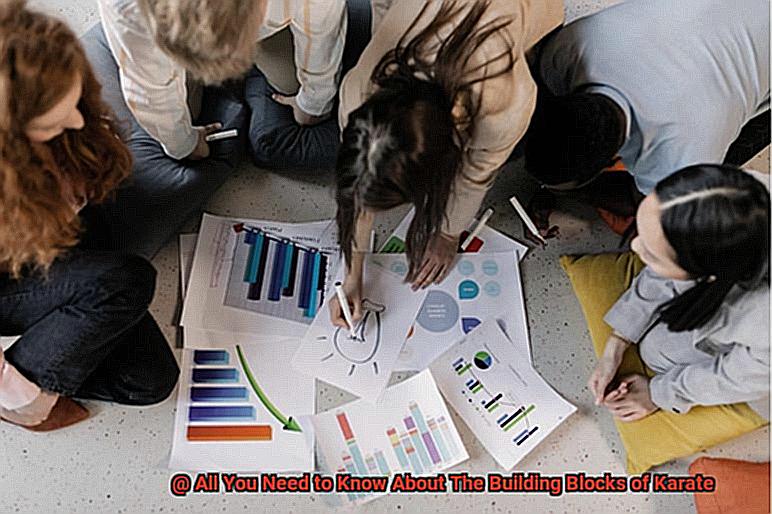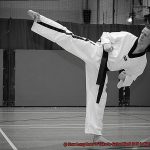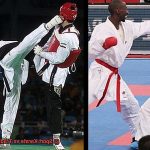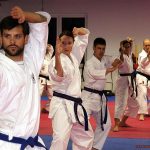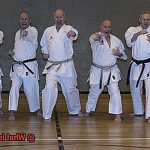Do you want to become an expert in karate? Are you curious about the building blocks of this martial art? If so, you’ve come to the right place. Karate is a mysterious and gratifying sport that requires dedication and practice.
In this blog post, we’ll discuss everything you need to know about the building blocks of karate. We’ll cover topics such as posture, mobility, punching, and kicking techniques. We’ll also explore how to improve your technique and results as well as how to stay motivated throughout your fitness journey.
Karate is a complex martial art that requires a basic understanding before moving forward. We’ll go over basic stances and movements all the way through more advanced techniques like grappling, throws, joint locks, counters, and more. You’ll learn how to use these techniques properly in order to become a better karate practitioner.
Karate isn’t just about learning techniques; it’s also about increasing discipline and concentration. We’ll discuss how to stay motivated by setting realistic goals for yourself and pushing yourself outside of your comfort zone.
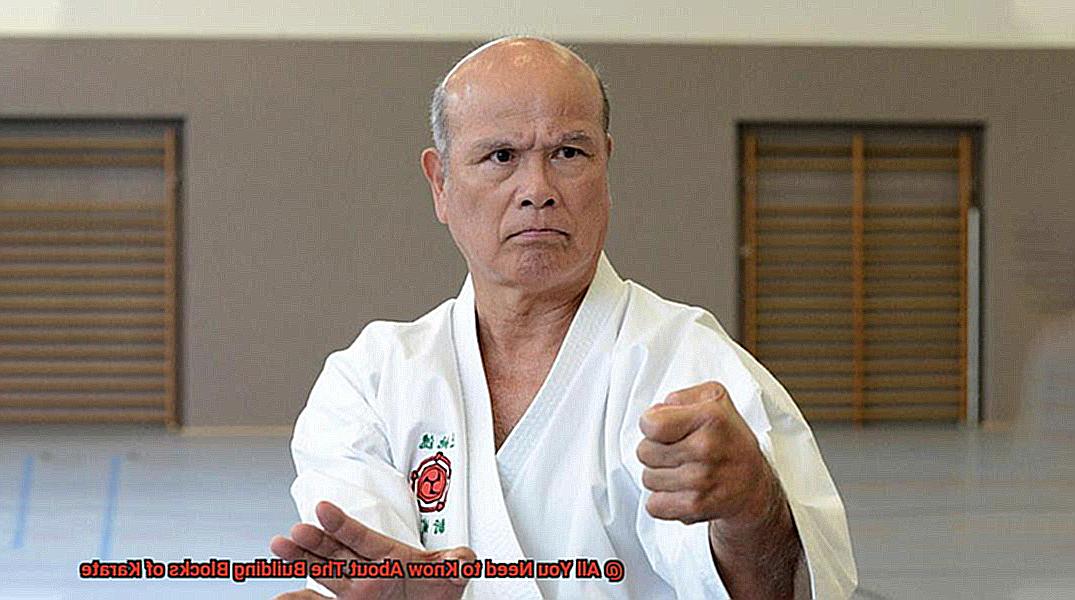
Whether you’re new or experienced with karate, this blog post has something for everyone. By the end of this article, we hope that you have gained valuable insight into what you should do about karate’s building blocks.
The Four Basic Blocks of Karate: Age Uke, Soto Uke, Uchi Uke, and Gedan Barai
Karate practitioners must master the four basic blocks to reach black belt status. Age Uke, Soto Uke, Uchi Uke, and Gedan Barai are essential for defending against incoming strikes while delivering powerful counter-attacks.
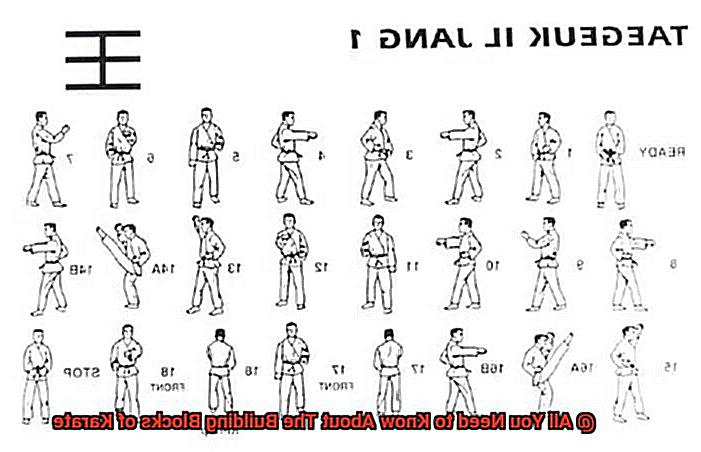
Age Uke is a rising block that defends against punches directed at the face or solar plexus. To execute this technique, bring one fist to the opposite shoulder while forming an outward fist with the other arm at the hip. Maintain a strong stance and lift your forearm vertically to complete the block.
Soto Uke is an outer block used to protect against attacks on the midsection, ribs, or neck. Cross your arms and use the outer edge of your forearm to deflect assaults while striking with your opposite fist for maximum defense.
Uchi Uke is an inner block that blocks hooks or strikes directed at the face or torso. To prevent incoming strikes, cross one arm across your body and rotate your forearm inwards. Then bring out your other fist to strike or grab your opponent.
Gedan Barai is a low block used for defense against kicks or sweeps aimed at the lower body. Use your forearm to deflect assaults while shifting weight for a counter-attack with either hand or foot.
These four basic blocks are fundamental building blocks of karate and are practiced repeatedly until they can be executed with speed, power, and precision.
The Purpose and Application of Each Block
Karate is a martial art that requires patience, practice, and dedication to be effective. To master the speed, strength, and balance necessary for self-protection, the building blocks of karate are essential. In karate, there are four main blocks: the age uke, soto uke, uchi uke, and gedan barai.
Each block serves a specific purpose and can be used in self-defense situations to protect against an opponent’s attacks.
The age uke is used to deflect punches or strikes aimed at the face or throat. The soto uke can be used to prevent outward or diagonal assaults such as a hook punch or knife attack.
The uchi uke is used to defend against inward strikes such as a straight punch or knife thrusts. And finally, the gedan barai is designed to stop low blows such as kicks to the groin or sweeps to the legs.
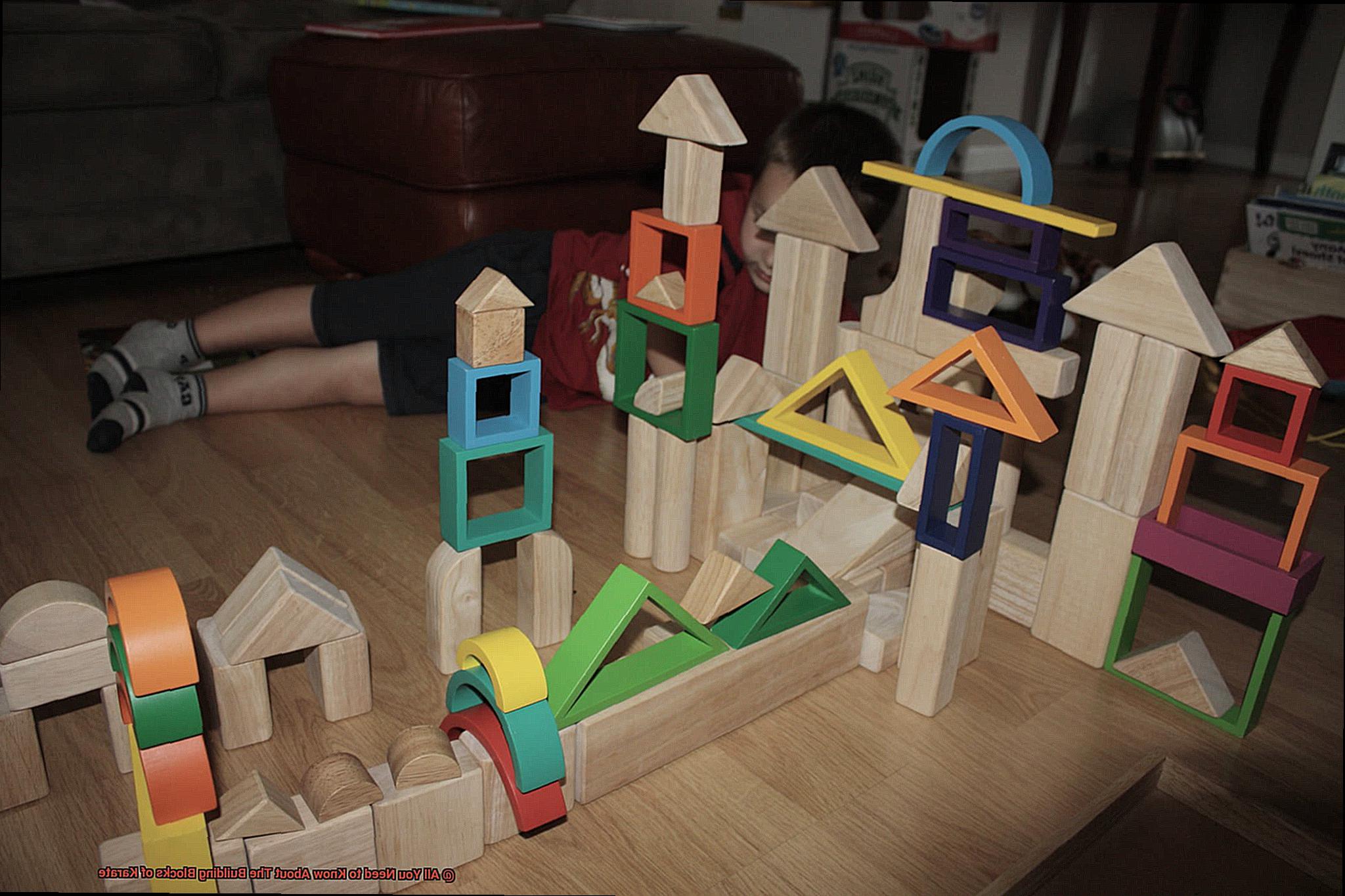
These blocks can also be used offensively in order to create openings for counter-attacks. For instance, after blocking a punch or kick towards the stomach or chest with the chudan uke, one can use it to strike an opponent’s midsection or create an opening for a counter-attack.
Similarly, after blocking a high strike aimed at the head or face with the jodan uke one can use it for striking an opponent’s face or creating an opening for a counter-attack.
Overall, learning and defending oneself against new attacks in self-defense situations is critical for becoming an effective warrior and protecting oneself from harm while still providing offensive options against opponents.
Understanding the Punch (Tsuki)
The punch is a foundational element of karate and an essential tool for any practitioner. It is a powerful offensive move that can inflict significant harm on an opponent. To successfully execute a punch, it’s important to learn and master the various types, such as the oi-tsuki (lunge punch), gyaku-tsuki (reverse punch), kizami-tsuki (jab punch), and ura-tsuki (uppercut punch).
Powerful punches require more than just accuracy; they demand proper body alignment and technique. The power for the attack must originate in the legs, which are then transferred through the hips, shoulders, and arms until culminating in an explosive strike.
In karate, practitioners usually learn punches after mastering basic blocks like the age uke (rising block) or gedan barai (downward block). This ensures that they can defend themselves before learning how to strike with precision.
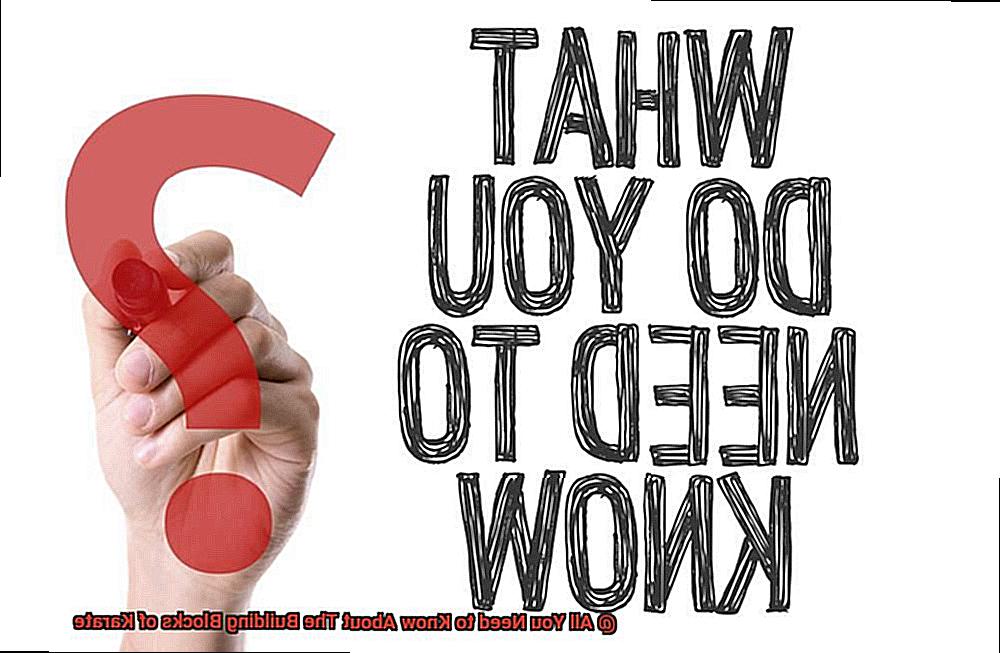
The punch is an integral part of karate’s four fundamentals: kihon (basic techniques), kata (formal exercises), kumite (sparring), and philosophy.
Understanding the Kick (Geri)
Kicking is an integral part of karate, and there are many different types of kicks to choose from. These range from front kicks, side kicks, back kicks, and spin kicks to flying kicks. Each kick has its own purpose and function, whether it be for self-defense or offensive purposes. To execute them properly requires strength, flexibility, balance, and coordination.
The front kick (Mae Geri) is one of the most basic techniques in karate and is used to strike an opponent’s lower torso, groin, or face with power generated by the legs and surging through the body. The side kick (Yoko Geri) is another important kick in karate which involves turning the body sideways before lifting the leg and extending it out towards the intended target.
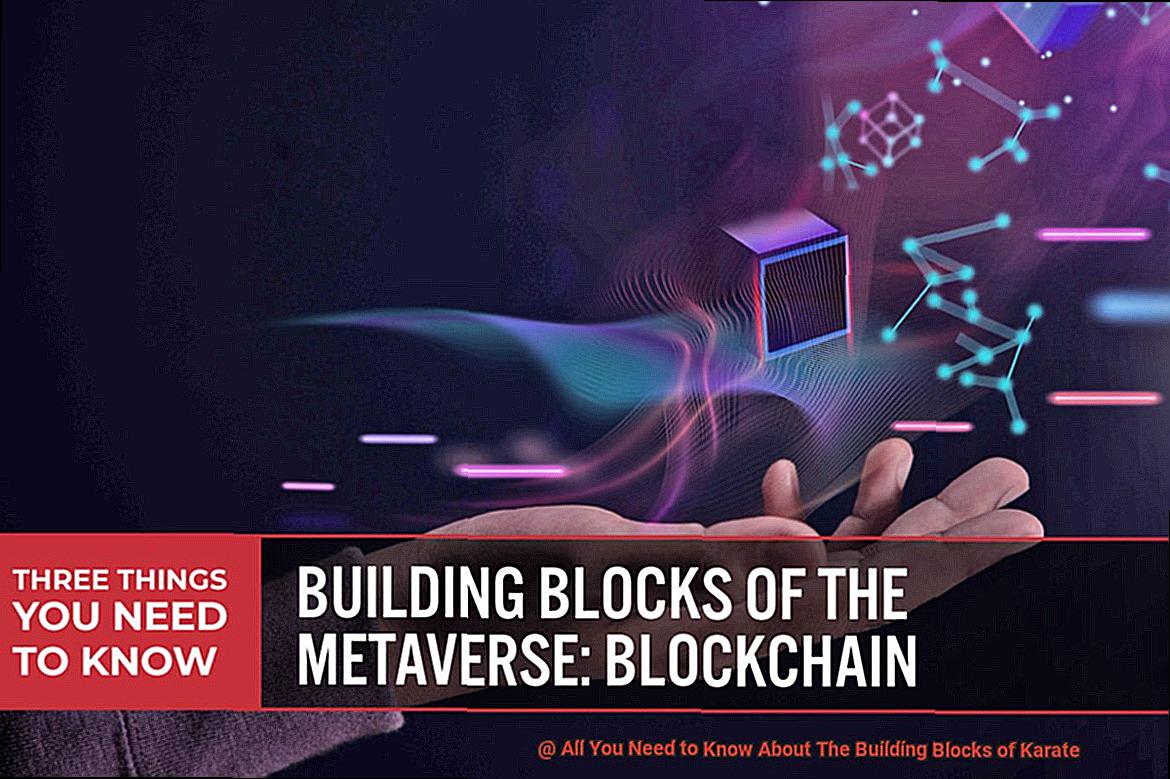
Back kicks (Ushiro Geri) are defensive measures employed when an opponent is behind you while roundhouse kicks (Mawashi Geri) require a rotation of the body with a half-circle motion of the leg to deliver a powerful kick. Spin kicks such as jumping spin kicks, spinning heel kicks, and flying kicks are all advanced techniques that require agility, coordination, and balance.
Understanding these various types of kicks in karate is essential for mastering this martial art.
Understanding the Stance (Dachi)
Karate is a martial art that requires a deep understanding of the various stances, or Dachi. These stances are the foundation of karate, and mastering them is essential for effective techniques and movements.
The shizentai is the most basic karate stance, where one’s feet are shoulder-width apart, toes facing forward, and arms relaxed. This position allows for easy transition to other stances to execute various techniques.
The zenkutsu dachi or front stance provides a stable base for strong forward-moving attacks, while the kiba dachi or horse riding stance allows for a solid foundation for lower-body techniques such as kicks. The sanchin dachi or hourglass stand has a low center of gravity, making it ideal for powerful strikes and blocks.
To become proficient in karate, it is necessary to train in each of these stances to develop strength, balance, and coordination. Consider them as pieces of a puzzle; each piece works together to create an impressive image.
In the same way, mastering each posture will help you put together all the pieces that are needed to become a karate expert.
Understanding the Block (Uke)
Karate is a martial art that requires a deep understanding of the fundamentals, including Blocks. Blocks are an essential part of karate, as they can be used to deflect attacks and also serve as counterattacks.
There are four main blocks in karate: Age-Uke (upper block), Soto-Uke (outside block), Uchi-Uke (inside block), and Gedan-barai (downward block).
The Age-Uke, or the upper block, is the first block to have been discovered in Karate. This technique is used to protect against high strikes such as punches to the face or head. The age-uke requires you to raise your arm above your head at a slight angle, with your forearm parallel to the ground, creating a barrier against new attacks. It’s important to keep practicing this technique until it becomes second nature so that you can use it instinctively when needed.
In addition to these four basic blocks, there are other kinds of blocks that can be utilized in karate. Shuto-Uke is one example; it’s a knife-hand block that uses the side edge of the palm for striking or deflecting an attacker’s attack. Blocks are not only classified based on direction but also based on body part used for execution.
Blocks are an integral part of mastering Karate and self-defense. Practitioners can expand their skills and tactics by learning and practicing these blocks, along with other essentials such as strikes, kicks, and stances, so they can effectively defend themselves in any situation.
Combining Different Blocks for Maximum Effectiveness
Karate is a martial art that relies on strength, agility, and technique to be effective. Combining different blocks is an essential skill for any karate practitioner, as it allows them to create intricate and powerful defenses against a variety of attacks.
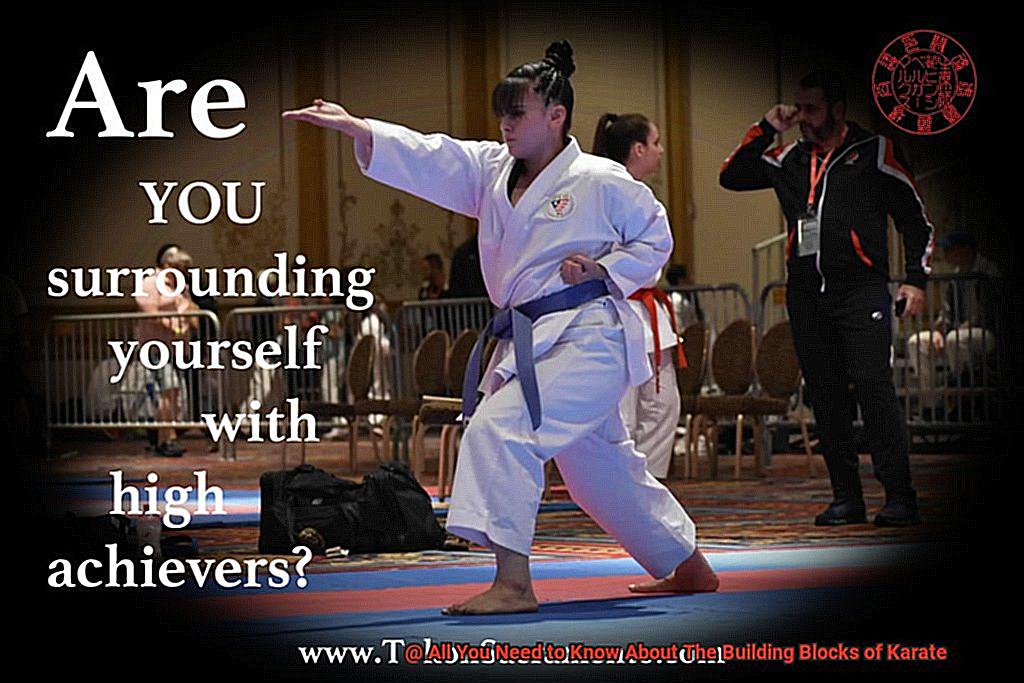
The key to combining blocks effectively lies in mastering individual techniques first. The “rising block and punch” combination, for example, involves deflecting an incoming attack with a rising block while simultaneously delivering a punch with the rear hand. This combination can be especially effective against attacks aimed at the head or neck.
The “inside block and punch” is another common combination which requires blocking an approaching assault while still delivering a punch with the rear hand. This move can be particularly useful against attacks directed at the body or lower extremities.
To combine blocks effectively, practitioners must be able to anticipate their opponent’s movements quickly and switch between different blocks and strikes seamlessly while maintaining proper form and balance.
slNSdv8f0fc” >
Developing Proper Form, Speed, Power, and Balance in Karate Practice
Karate is an art of combat that requires more than just brute strength. Precision, agility, and the ability to mix blocks in order to create impenetrable defenses are all essential elements of the martial art. To become a successful karate practitioner, one must master the fundamentals: proper form, speed, power, and balance.
Having correct form is key for performing karate techniques with precision. This includes maintaining good posture and stance throughout training, which makes it easier to move with speed, power, and balance.
Speed is also essential in executing swift and accurate movements. Practitioners should aim to move their bodies quickly and fully during practice with proper form and balance.
Power can be developed through exercises that focus on building strength and accuracy of one’s movements such as punching, kicking, or blocking. Lastly, balance is necessary for maintaining good posture while executing techniques; exercises that require controlled movement and coordination can help improve stability and coordination.
By mastering these four building blocks of karate – form, speed, power, and balance – practitioners can learn how to protect themselves and achieve their martial arts goals.
Also Read: What Does Karate Mean? – Karate Maine Blog
Conclusion
Karate is a challenging martial art that requires dedication and practice to master. In this blog post, we’ve outlined everything you need to know about karate’s building blocks. We discussed posture, mobility, punching techniques, and kicking techniques. Plus, we looked at how to optimize your technique and results as well as stay motivated in your fitness journey.
We also explored the four key pillars of karate: Age Uke, Soto Uke, Uchi Uke, and Gedan Barai – each designed for a specific purpose and used for self-defense. We covered the punch (tsuki) and kick (geri), two basic tools for any karate practitioner. And we delved into stances (dachi) and blocks (uke). All these elements are essential pieces of the puzzle that must be solved in order to become an expert in karate.
Karate is more than just mastering skills; it’s about increasing discipline and concentration when learning the fundamentals: form, speed, strength, and balance.

